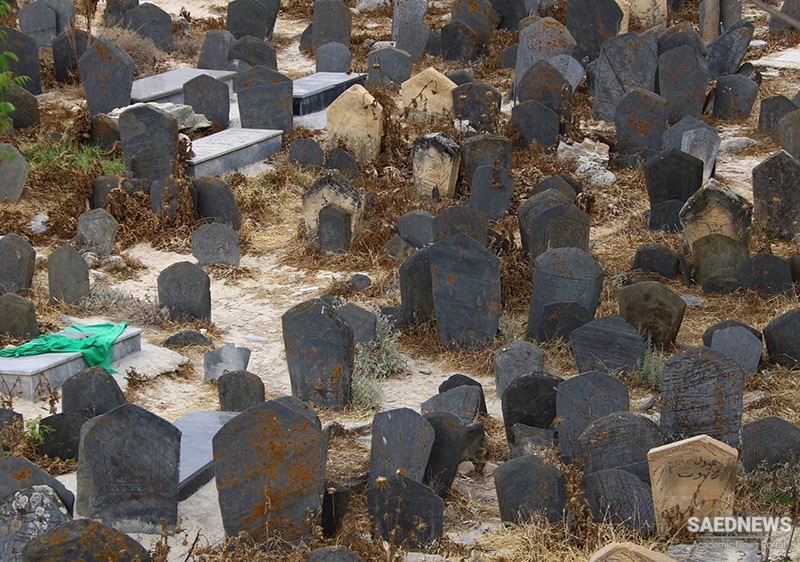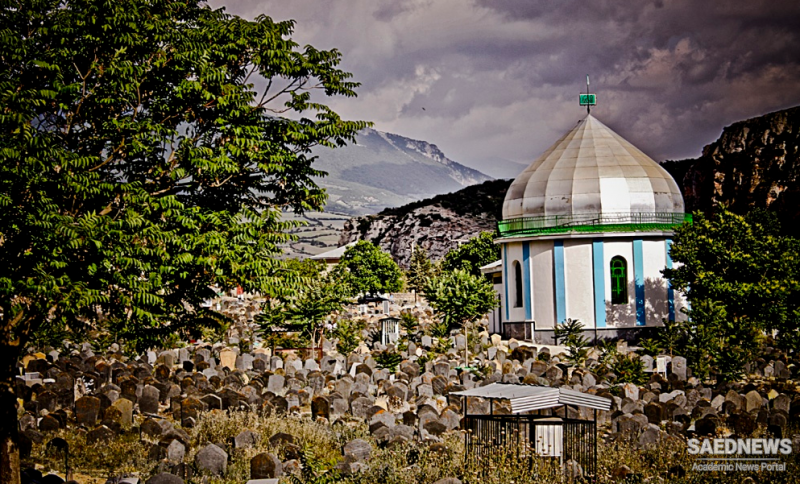Sefid Chah Cemetery which is also known as “White Cemetery” is located in Behshahr County, Yaneh Sar Division, Sefid Chah Village that dates back to Teymurid era and it is the first cemetery of Muslims in Iran. In Sefid Chah Village, people used to carve the dead’s gravestone based on his profession. Later after the death of last stone carver of the old generation, this tradition came to its end and now people use normal gravestones. The geometrical figures carved on the gravestones consist of circle, square and triangle. In Islamic world, gravestones have different forms that represent the architecture of every region. In Sefid Chah Cemetery, the gravestones are acolyte and coffer-shaped both of which have a historical background in Iranian architecture. Acolyte design belongs to Mithraism and in post-Islamic era, since the fourth century of Hijra onward, it was carved on the gravestones. Acolyte gravestones of Sefid Chah historical graveyard contain symbolic Iranian figures that refer to complicated notions of life, death and resurrection. In this historical cemetery, there are also few coffer-shaped gravestones. The oldest coffer-shaped gravestone belongs to 1490. Some other coffer-shaped gravestones are discovered in northern part of Sefid Chah Cemetery that due to its exhaustion cannot be studied.
Address: Google Map



 Darya Sar Plain of Mazandaran
Darya Sar Plain of Mazandaran














































